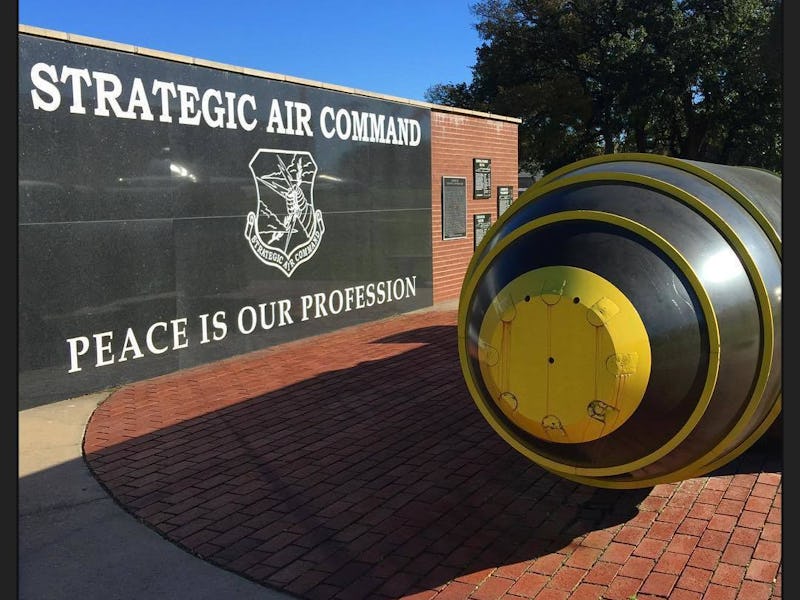Declassified Documents Show the Strategies of Nuclear War
A direct look at the plans for nuclear battle reveal that targets weren’t always military in nature.

The National Archives and Records Administration has released a declassified list of the United States’ battle plans for war with the former Soviet Union, among other potential targets.
The information at times can be bone-chilling, as the actions recommended throughout the document would have translated to destruction and casualties that could have amounted to war-driven devastation never seen before on Earth.
The documents are not physically easy to read—as what’s presented in the online PDFs are scanned dittos from the late 1950s—and according to the National Security Archive’s explanation of what information is available from these documents, there are also details missing, still classified to this day.
The overall package is headed as Strategic Air Command Atomic Weapons Requirements Study for 1959 , and is it a lengthy pack of once-official papers that upon reading can make one feel as if legal trouble might follow, for there are several “TOP SECRET – RESTRICTED DATA” warnings on each page, simply crossed out with a line.
The Table of Contents is as much a guide in this instance as it would be for other publications, but this breakdown tells the reader where to find such sections as “Target Selection,” “Justification of Targets,” “Damage Criteria” and “Weapons Burst.”
The introduction makes it clear (under subheading 2a. “Mission and Tasks”):
“In the event of war, the mission of the Strategic Air Command is to conduct global strategic air warfare in support of US national and military objectives utilizing atomic and nuclear weapons.”
Main targets are listed, such as “tactical forces,” “atomic stockpile sites,” and “military and government control centers.” However, digging deeper into the documentation, arriving at Section Three, the Category Code List gives a more precise breakdown of what may have been marked for attack.
Code Number 056 refers to “Bridges, Hwy,” 266 “Penicillin,” and 285 “Radio & Television.”
Number 275: “Population.”
Also of note is the fact that while the U.S.S.R., and to a lesser degree China, were the main points of targeting, there are number codes that cover targeted cities in Eastern European countries like Poland and Hungary, and even Iran makes the list.
Perhaps the frankest talk can be found in Section One, among the many Operational Factors. One point made is that “primary reliance, must, be placed on blast effects in order to assure target destruction with this limited time period,” the reason being that the effects of thermal or radiation damage “are relatively ineffective compared with blast.”
One paragraph in particular, which seems to be written to defend how very cold the battle plans read, ends up perhaps the iciest portion yet:
“The full implications of surface bursts for nuclear weapons have been carefully weighed. While the objectives of surface burst and the probability of radio active [sic] fall-outs affecting friendly forces and peoples have been considered, the requirement to win the Air Power Battle is paramount to all other considerations.”
The full collection of documents is available online at The National Security Archive’s website.